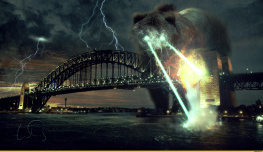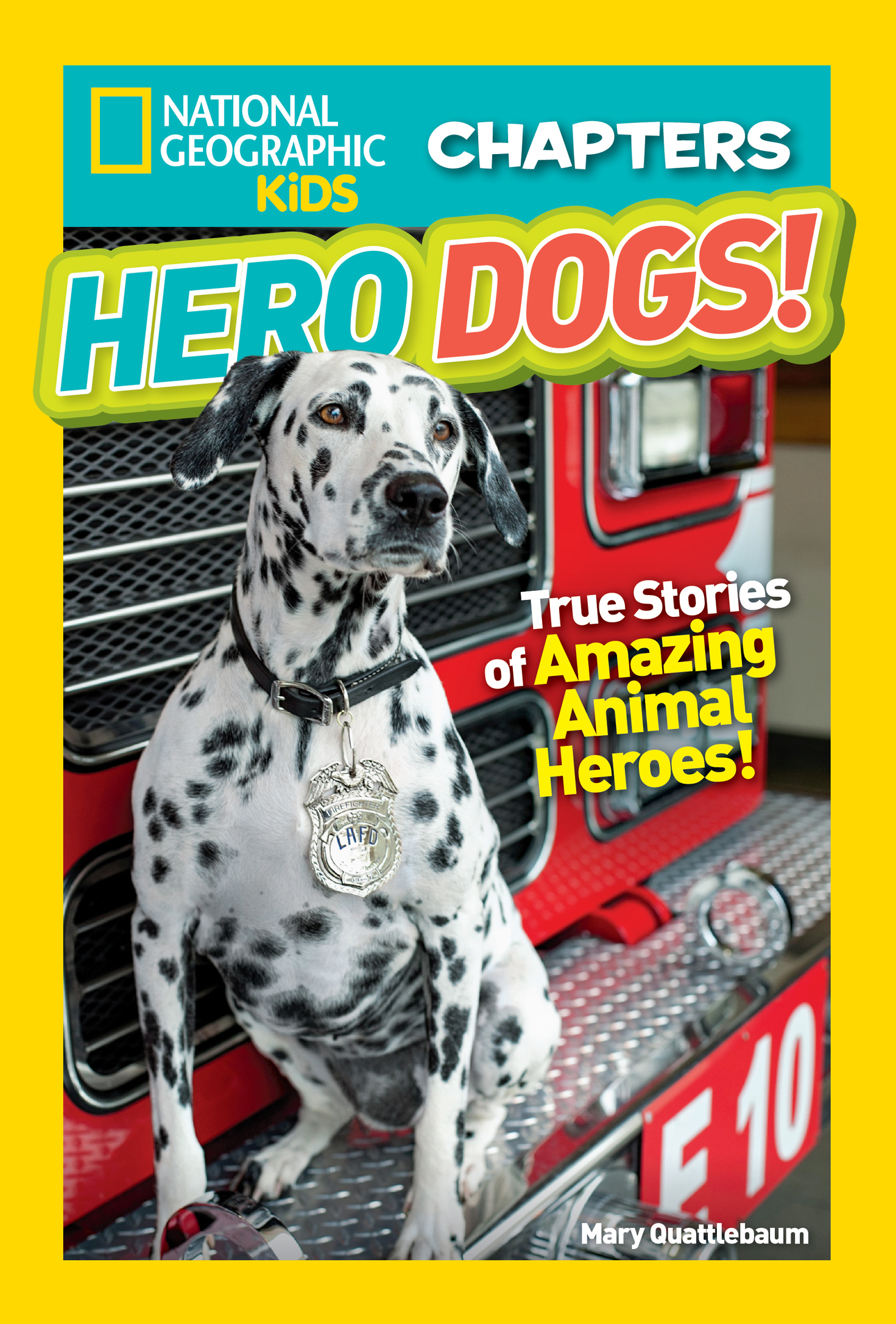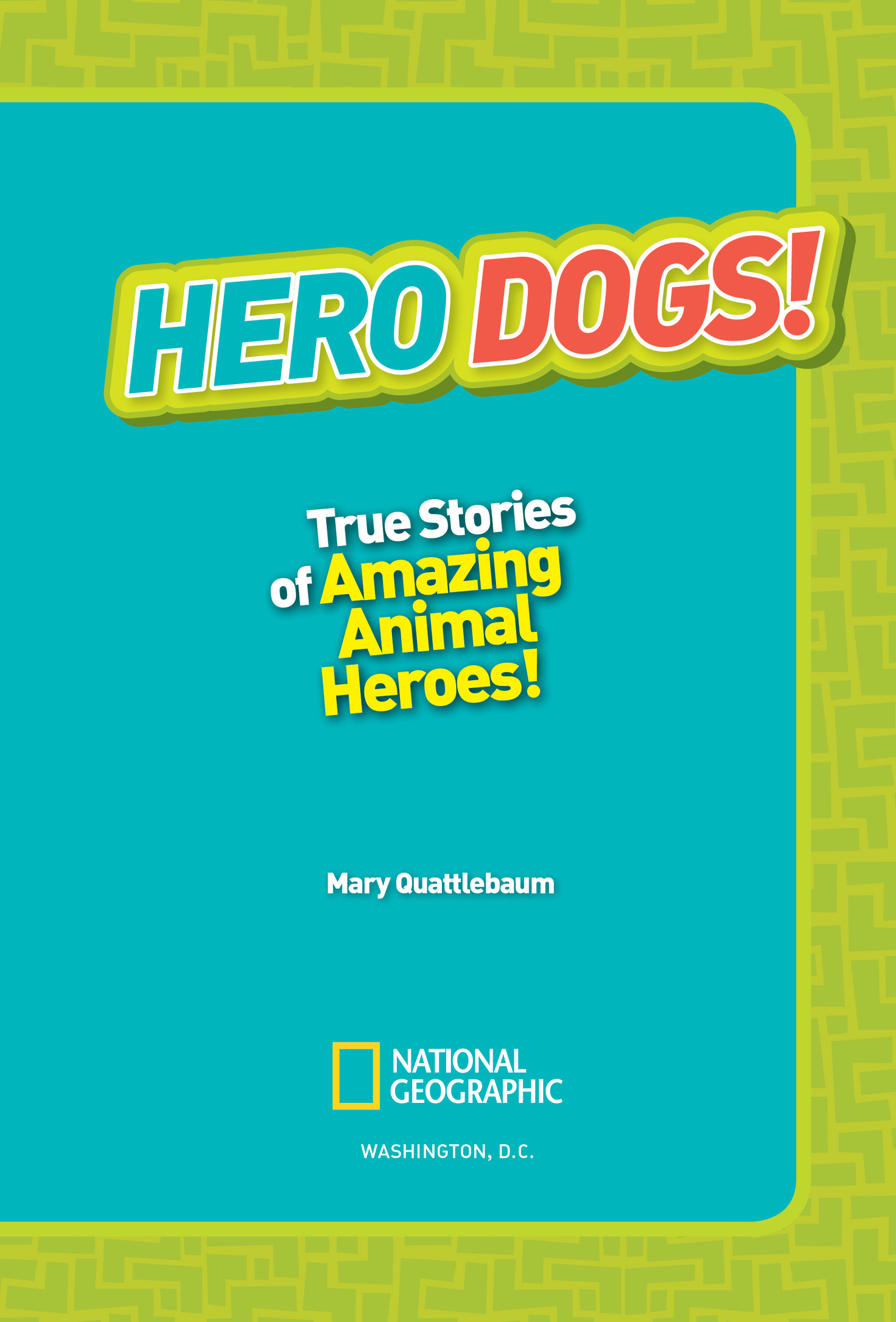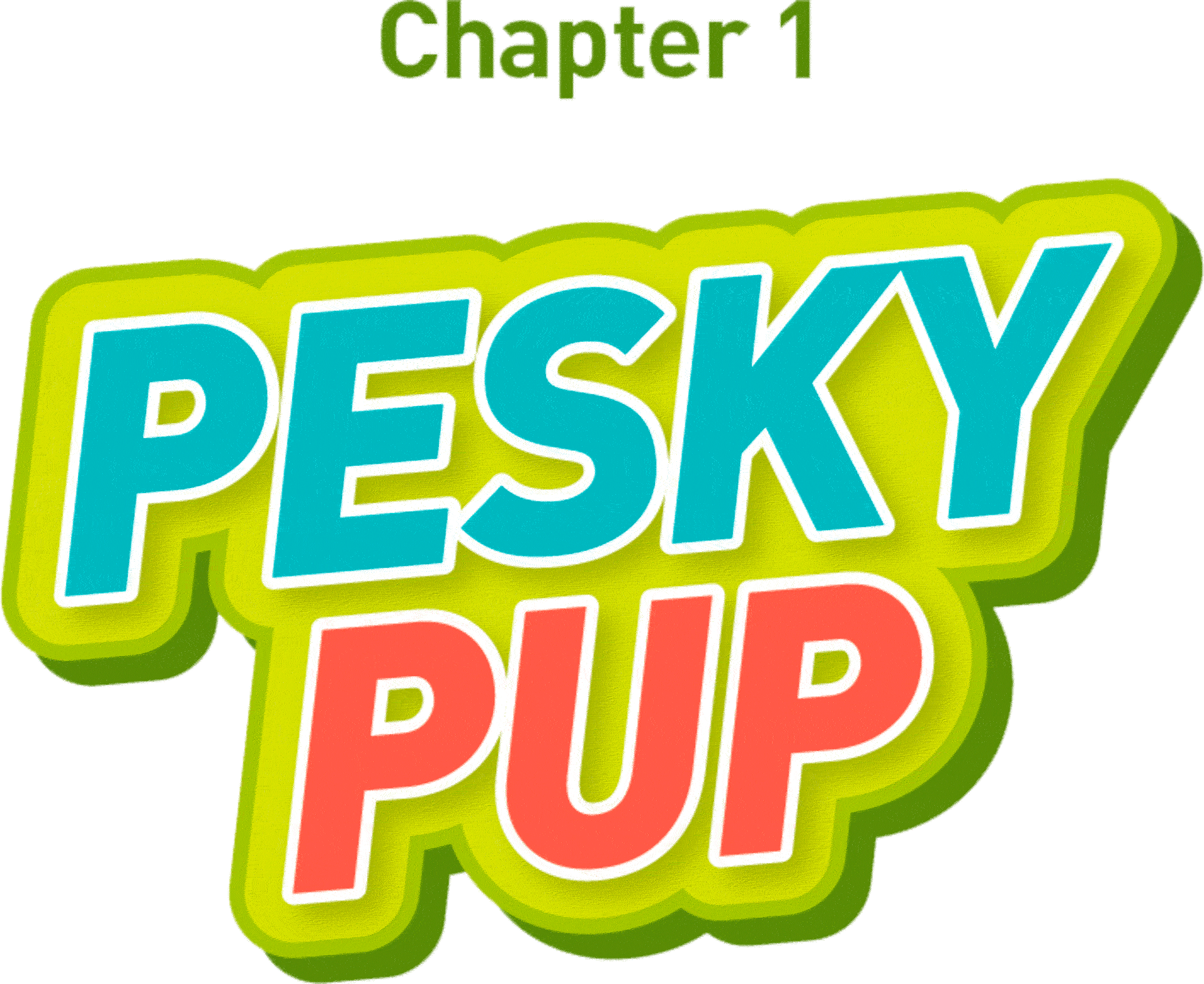Contents
Copyright 2017 National Geographic Partners, LLC
Published by National Geographic Partners, LLC.
All rights reserved. Reproduction of the whole or any part of the contents without written permission from the publisher is prohibited.
Since 1888, the National Geographic Society has funded more than 12,000 research, exploration, and preservation projects around the world. The Society receives funds from National Geographic Partners, LLC, funded in part by your purchase. A portion of the proceeds from this book supports this vital work. To learn more, visit natgeo.com/info.
NATIONAL GEOGRAPHIC and Yellow Border Design are trademarks of the National Geographic Society, used under license.
For more information, visit nationalgeographic.com, call 1-800-647-5463, or write to the following address:
National Geographic Partners
1145 17th Street N.W.
Washington, D.C. 20036-4688 U.S.A.
Visit us online at nationalgeographic.com/books
For librarians and teachers: ngchildrensbooks.org
More for kids from National Geographic: kids.nationalgeographic.com
For rights or permissions inquiries, please contact National Geographic Books Subsidiary Rights:
Art directed by Sanjida Rashid
Designed by Ruth Ann Thompson
National Geographic supports K12 educators with ELA Common Core Resources. Visit natgeoed.org/commoncore for more information.
Trade paperback ISBN9781426328190
Reinforced library edition ISBN9781426328206
Ebook ISBN9781426328213
v4.1
a
R yan Penrod looked down at the pup on the fire stations doorstep. It was six oclock on a March morning. He was about to start his shift at Fire Station 29 in Los Angeles, California, U.S.A. Where had the pup come from?
The pup looked up at Ryan. At that moment, he seemed to decide that Ryan was his new best friend. Woof, he said, wagging his tail.
The other firefighters filled Ryan in. The night before, a girl and her parents had come to the fire station on busy Wilshire (sounds like WILL-shur) Boulevard. She was crying because she had to give up her puppy. The owner of her apartment building said the puppy could no longer live there. He made too much noise! He barked and whined, and he disturbed the other people who lived in the building. The buildings owner said the girl had to find the pup a new home immediately. Or she had to take him to the animal shelter. The firefighters wanted to help. They voted to let the pup stay.
So thats how the pup ended up at the fire station, and thats how he got his name: Wilshire.
Wilshire had a new name and a home, but no one knew what to do with him. He barked and jumped and ran around. He was very excited and confused, said Ryan. Wilshire wasnt used to noises, like bells and sirens. He wasnt used to big fire trucks. And there were so many people! Sixteen firefighters, including Ryan, worked at the station at the same time.
Ryan began to take charge of the pup, which helped Wilshire to settle down. That night he slept in a dog bed beside Ryans bed at the fire station. He waited for Ryan to feed him the next day. But then he began to get into trouble. He snuck food from the firefighters table. He chewed on their boots. He slipped out the door and ran down the street.
Ryan knew Wilshire needed to be trained. The pup was four months old, and no one had taught him to come or sit. No one had set boundaries. Wilshire was a breed of dog called a Dalmatian (sounds like dal-MAY-shun). They are smart dogs. Ryan hoped Wilshire would learn quickly.
He emailed a famous dog expert named Cesar Millan and asked for help. Cesar came to the fire station, and he taught Wilshire many important lessons. He also trained Ryan and the other firefighters to be more aware of Wilshires needs.
Cesar said that only one person should be in charge of Wilshire, to avoid confusing the pup. Wilshire needed regular exercise. He needed to eat at regular times. He needed to learn to obey rules, like do not sneak food and do not chew boots or equipment.
Did You Know?
Dalmatians are white with many small spots that are either black or dark brown.
Wilshire learned from Cesar and so did Ryan. Cesar spoke in a firm, clear voice. He never yelled or lost his temper. He gave Wilshire treats for good behavior. He taught Wilshire rules to keep him safe and to help him to become a good member of the fire station team.
Ryan saw that Wilshire was becoming a relaxed, respectful dog. The pup was eager to work and obey. Maybe Wilshire could learn something else, something more complicated. Maybe Wilshire could learn how to help save lives.
There are many kinds of heroes, Ryan knew. Some heroes perform a single act of bravery. Perhaps they pull a drowning child from a lake or rescue an adult from a burning building. Others become heroes after a long period of time, like Martin Luther King, Jr., the great civil rights leader, or Florence Nightingale, a nurse. She tended to many sick and wounded people, and she started a school to train other nurses. Through their words and actions, heroes like King and Nightingale help to make the world a better, safer place.
Did You Know?
Dalmatian puppies are born with white coats. Their spots appear about a month later.
Ryan talked about his idea with Cesar. Cesar asked Clint Rowe to help. Clint has trained animals for movies and TV shows. He has trained many dogs. He even trained a bear once! Maybe Clint could help a spunky Dalmatian pup. Maybe he could teach Wilshire how to be a fire safety hero.
At the time, Cesar had a TV show about dog training and behavior. It was called Dog Whisperer. He asked Clint, Ryan, and Wilshire to be part of his show. Millions of people watched as Clint taught Wilshire and Ryan to work as a team.
Wilshire learned to act out many important fire safety tips. People loved watching the intelligent pup, but they were also learning something very important. They were learning what to do in case of a fire emergency. They were also learning how to prevent fires in the first place. Wilshire was only a puppy, but he was on his way to becoming a hero.








